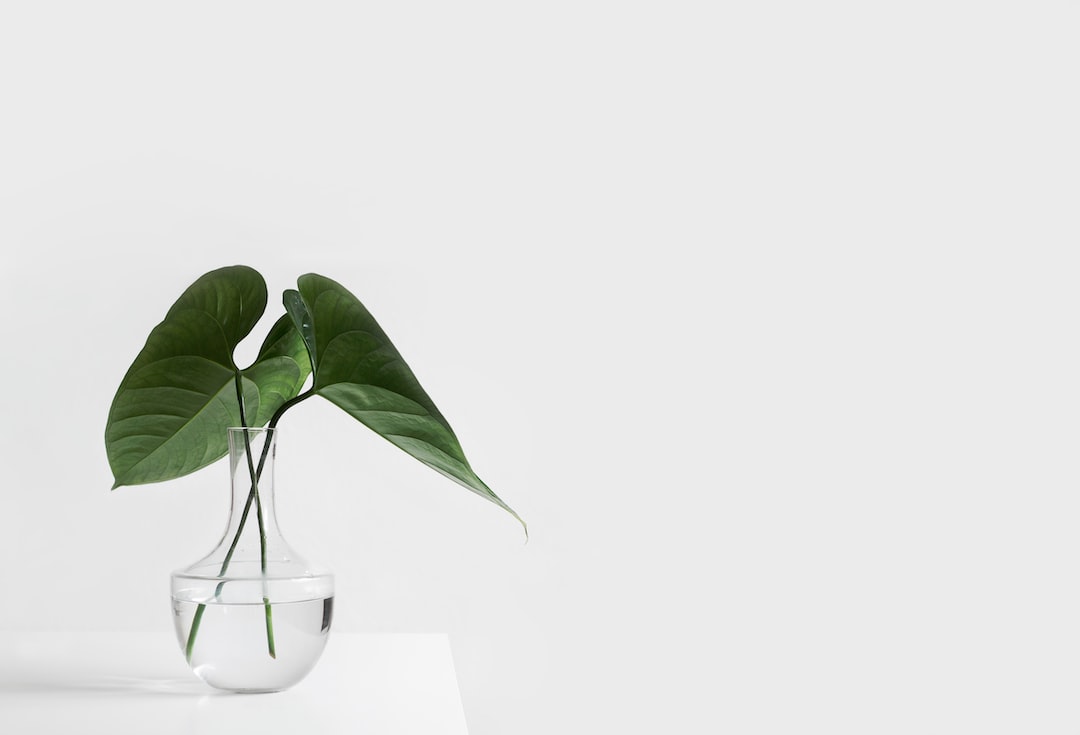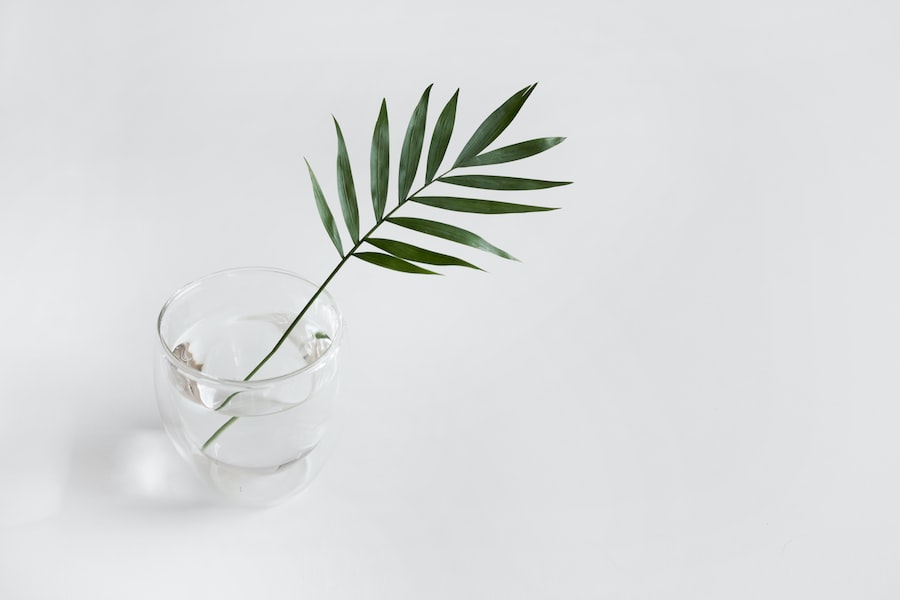Growing Sweet Juicy Watermelons: The Perfect Planting Distance

Watermelons are a popular and refreshing fruit that is enjoyed by people all over the world. They are known for their sweet and juicy flesh, making them a perfect treat on a hot summer day. Growing watermelons can be a rewarding experience, but it requires careful planning and attention to detail. One important factor to consider when growing watermelons is the planting distance.
Key Takeaways
- Planting distance is crucial for growing sweet juicy watermelons.
- Factors to consider when choosing planting distance include variety, soil type, and climate.
- Ideal planting distance varies for different watermelon varieties, but generally ranges from 3-6 feet.
- Proper planting distance can significantly affect watermelon yield and quality.
- Measuring and marking planting distance accurately, preparing soil, and proper watering and fertilizing are key to successful watermelon growth.
The Importance of Planting Distance in Watermelon Growth
Planting distance refers to the space between each watermelon plant in a garden or field. It plays a crucial role in the growth and development of watermelons. When watermelon plants are spaced too closely together, they compete for resources such as sunlight, water, and nutrients. This can lead to stunted growth, poor fruit development, and increased susceptibility to diseases and pests.
On the other hand, if watermelon plants are spaced too far apart, there may be wasted space in the garden or field. This can result in lower yields and inefficient use of resources. Therefore, it is important to find the right balance and determine the optimal planting distance for watermelons.
Factors to Consider When Choosing Planting Distance for Watermelons
Several factors should be taken into consideration when determining the planting distance for watermelons. These include soil type and quality, climate and weather conditions, and the specific variety of watermelon being grown.
Soil type and quality can affect the spacing requirements of watermelon plants. Sandy soils drain quickly and may require closer spacing to ensure adequate moisture retention. Clay soils, on the other hand, retain moisture for longer periods and may require wider spacing to prevent waterlogged conditions.
Climate and weather conditions also play a role in determining planting distance. In areas with high rainfall or humidity, it may be necessary to space watermelon plants further apart to promote air circulation and reduce the risk of fungal diseases. In regions with hot and dry climates, closer spacing may be needed to provide shade and reduce water evaporation.
The specific variety of watermelon being grown is another important factor to consider. Different varieties have different growth habits and space requirements. Some varieties are more compact and can be planted closer together, while others are more sprawling and require wider spacing.
Ideal Planting Distance for Different Watermelon Varieties
| Watermelon Variety | Ideal Planting Distance (inches) |
|---|---|
| Crimson Sweet | 36-60 |
| Jubilee | 36-60 |
| Sugar Baby | 24-36 |
| Charleston Gray | 60-72 |
The recommended planting distance for watermelons can vary depending on the specific variety being grown. As a general guideline, compact or bush-type watermelon varieties can be planted 2-3 feet apart in rows that are 4-6 feet apart. This allows for adequate air circulation and room for the plants to spread out.
For larger, vining watermelon varieties, a spacing of 4-6 feet between plants in rows that are 6-8 feet apart is typically recommended. This provides enough space for the vines to grow and spread without overcrowding.
It is important to note that these are general guidelines and may need to be adjusted based on the specific growing conditions and the preferences of the gardener. It is always a good idea to consult seed catalogs or local gardening resources for more specific recommendations for the particular variety being grown.
How Planting Distance Affects Watermelon Yield and Quality
The planting distance of watermelon plants can have a significant impact on both the yield and quality of the fruit. When watermelon plants are spaced properly, they have access to adequate sunlight, water, and nutrients, which are essential for healthy growth and fruit development.
Proper spacing allows each plant to develop a strong root system and access nutrients from the soil. It also ensures that each plant receives enough sunlight for photosynthesis, which is necessary for the production of sugars and the development of sweet fruit.
When watermelon plants are overcrowded, they compete for resources and may not receive enough sunlight or nutrients. This can result in smaller fruit, reduced sweetness, and lower overall yield. On the other hand, when plants are spaced too far apart, there may be wasted space and lower yields.
Tips for Measuring and Marking Planting Distance in Your Garden

Accurate measurement and marking of planting distance is essential for successful watermelon cultivation. There are several tools and techniques that can be used to ensure precise spacing.
One common method is to use a measuring tape or ruler to measure the desired distance between plants. This can be done by stretching the tape or ruler between two points and marking the desired spacing with a stake or marker.
Another method is to use a string or twine to create a guide for planting. This can be done by tying one end of the string to a stake at one end of the row and stretching it out to the other end. The string can then be used as a guide for planting, ensuring consistent spacing between plants.
It is important to make sure that the measurements are accurate and consistent throughout the garden or field. This will help ensure that each plant has enough space to grow and develop properly.
Preparing Your Soil for Watermelon Planting at the Right Distance
Proper soil preparation is essential for optimal watermelon growth and development. Before planting, it is important to prepare the soil by removing any weeds or debris and loosening it with a garden fork or tiller.
The soil should also be tested for pH and nutrient levels. Watermelons prefer a slightly acidic soil with a pH between 6.0 and 6.8. If the pH is too high, sulfur or other acidifying agents can be added to lower it. If the pH is too low, lime or other alkaline materials can be added to raise it.
In addition to pH, it is important to ensure that the soil has adequate levels of essential nutrients such as nitrogen, phosphorus, and potassium. A soil test can help determine if any amendments are needed. Organic matter, such as compost or well-rotted manure, can also be added to improve soil fertility and structure.
Watering and Fertilizing Watermelons at the Correct Planting Distance
Watering and fertilization are important aspects of watermelon cultivation. Proper watering is essential for healthy growth and fruit development. Watermelons require consistent moisture, especially during the flowering and fruiting stages.
Watermelon plants should be watered deeply, providing enough water to saturate the root zone. This can be done by applying water directly to the soil at the base of the plants, rather than overhead watering. Mulching around the plants can help conserve moisture and reduce weed competition.
Fertilization is also important for watermelon plants. They have high nutrient requirements, especially for nitrogen, phosphorus, and potassium. A balanced fertilizer with a ratio of 10-10-10 or similar can be applied at planting time and again during the growing season.
It is important to avoid overwatering and overfertilization, as this can lead to nutrient leaching and root rot. It is always a good idea to follow the recommendations on the fertilizer package and adjust based on the specific needs of the plants.
Common Mistakes to Avoid When Planting Watermelons
There are several common mistakes that gardeners make when it comes to planting watermelons. One common mistake is planting watermelon seeds too early in the season. Watermelons are warm-season crops that require soil temperatures of at least 70 degrees Fahrenheit for optimal germination and growth. Planting too early can result in poor germination or stunted growth.
Another common mistake is planting watermelon seeds too deep or too shallow. Watermelon seeds should be planted about 1 inch deep in well-drained soil. Planting too deep can result in delayed germination, while planting too shallow can lead to drying out of the seeds.
Poor soil preparation is another common mistake. It is important to remove weeds and debris and loosen the soil before planting. This helps create a favorable environment for seed germination and root development.
Harvesting and Enjoying Sweet Juicy Watermelons Grown at the Perfect Planting Distance
Harvesting watermelons at the right time is crucial for optimal flavor and sweetness. Watermelons are typically ready to harvest when the fruit has reached full size, the skin has turned dull or matte, and the underside of the fruit has a yellow or creamy color.
To harvest watermelons, use a sharp knife or shears to cut the fruit from the vine, leaving a short stem attached. It is important to handle the fruit carefully to avoid bruising or damaging it.
Once harvested, watermelons can be enjoyed in a variety of ways. They can be sliced and eaten fresh, used in salads or smoothies, or even grilled for a unique twist. Watermelon can also be juiced or blended into refreshing beverages.
Conclusion:
In conclusion, planting distance plays a crucial role in the growth and development of watermelons. Proper spacing ensures that each plant has access to adequate sunlight, water, and nutrients, resulting in healthy growth and high-quality fruit. Factors such as soil type, climate, and watermelon variety should be considered when determining the optimal planting distance. Accurate measurement and marking of planting distance are important for successful cultivation. Proper soil preparation, watering, and fertilization are also essential for optimal watermelon growth. By following these guidelines and avoiding common mistakes, gardeners can enjoy sweet and juicy watermelons grown at the perfect planting distance.



